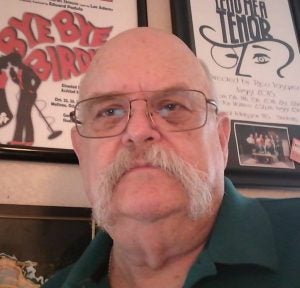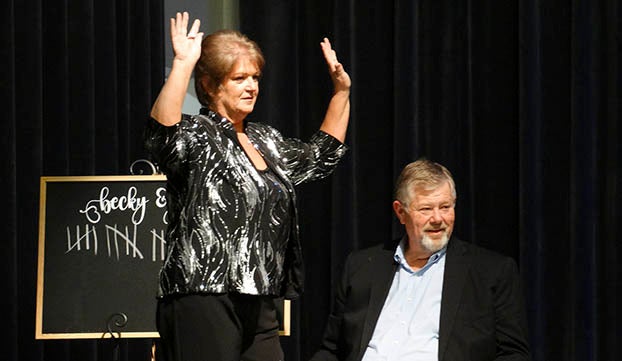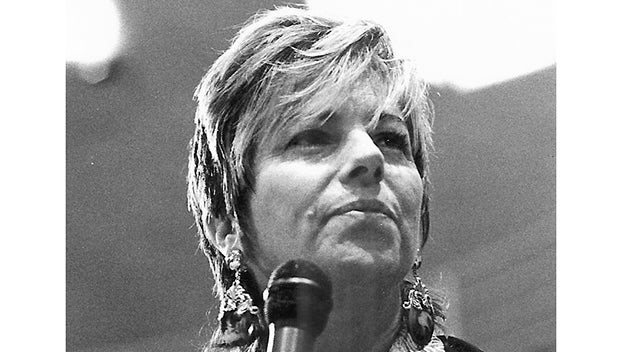And now you know Christmas Eve News from 1909, 1929, 1939
Published 11:32 am Saturday, December 21, 2019

- And Now You Know
December 24, 1909, the following paragraph was the big news; “That noted National Bird upon which the American people feast during the Thanksgiving and Christmas holiday events was going in different directions throughout the city yesterday afternoon shortly after the tug Nioka, commanded by Captain David Griffith, touched the landing near Frisco.”
For the past few years, people at Johnson’s Bayou had contracts to raise turkeys for the Orange trade. The Nioka had brought in a load of turkeys for the 1909 Christmas dinners in Orange.
Certain sized birds were contracted for the fall and winter delivery. The price was stipulated at the time the contracts were signed in the spring.
The cargo of turkeys was disposed of within about 20 minutes after the tug docked. The indication was that the demand for turkeys in Orange had exceeded the supply available from Johnson’s Bayou.
December 24, 1929, the Christmas news was cold weather; “Today marked the seventh consecutive day of freezing weather for the Orange territory, according to the records kept by Dr. F.W. Lawson. Thermometers registered as low as 19 degrees above zero today.”
A public Christmas tree to which all the children of Orange and vicinity were invited was held at the American Theater at 7 p.m. Christmas night. The event was arranged by the Salvation Army and numerous donors who provided candy, fruit, and assorted nuts for the children.
“There will be no paper published Christmas Day.”
December 24, 1939, the Leader reported that the Christmas tree program had been successful. An estimated 750 children had attended the program held at Stark Park on Friday, December 22.
J.W. Thigpen had served as Santa Claus in a drizzling rain that lasted for about three-quarters of an hour but had no effect on the children eager to receive gifts from Santa.
Members of the American Legion and the Legion Auxiliary helped organize the children and march them in an orderly manner so that the members of the Lions Club were able to efficiently distribute Santa’s gifts to the children.
Personnel from the Orange Fire Department handled traffic control and watched out for the safety of the children.
Hunter Huddle served as the General Chairman of the committee formed to organize the event.
Those three Christmases from so long ago are vastly different from Christmas today.
People were excited to get a live turkey off a tugboat, carry it home, process it and cook it. Providing turkeys for Orange was a cottage industry in Johnson’s Bayou.
Someone given a live turkey today would likely keep it for a pet.
In 1929 and 1939, being sure that the children of Orange and the surrounding area had some sort of Christmas gift was a community event. Civic clubs and individuals combined with organizations like the Salvation Army to set up an event for the children. A statement the fire department was needed to control traffic was an indication of how well the event was received by the community.
Community events like these were the norm in Orange for decades.
Today’s generation of children has no idea about how in Christmas past getting a stocking filled with candy, fruit, and nuts were such a special treat.
These were things that were not as available then as they are now.
The economy in Orange had suffered from the gradual closings of the sawmills that were the major employers. During the year family income had to be spent on “necessities” like food and clothing.
Often families saved for months to be able to afford special things at Christmas. A girl may get a doll and a boy may get a toy truck as a gift from Santa, but all were assured that the “edible goodies” would be in the stocking hung on the fireplace mantle, or on the window ledge.
“And now you know.”






